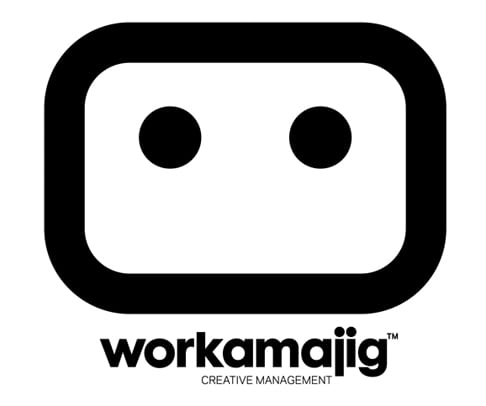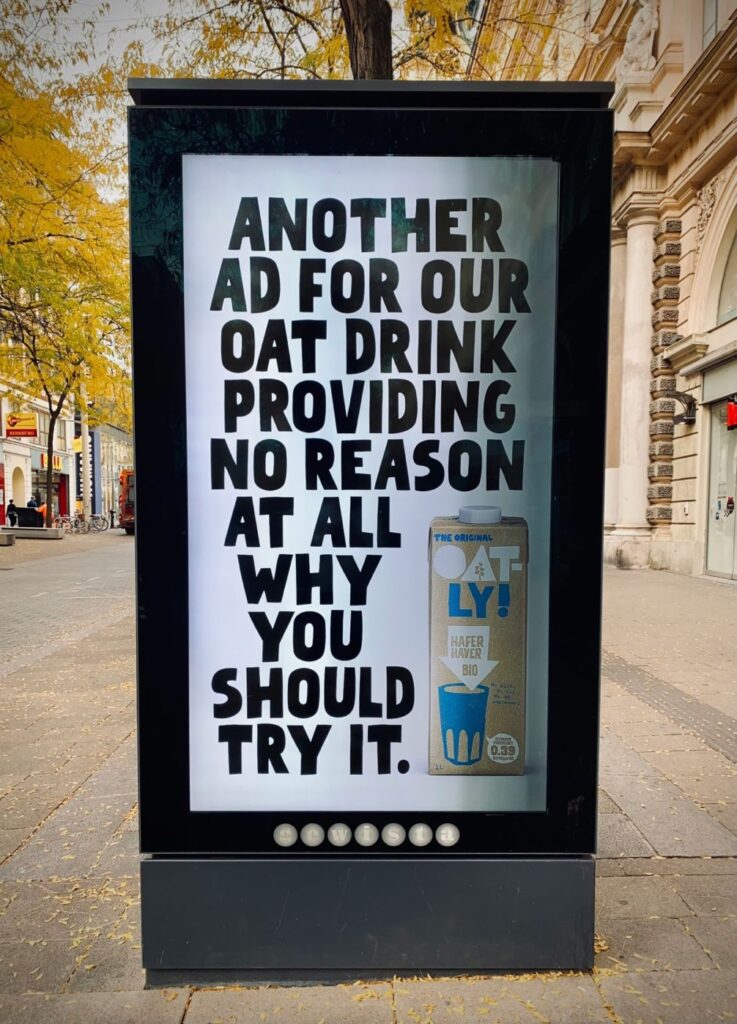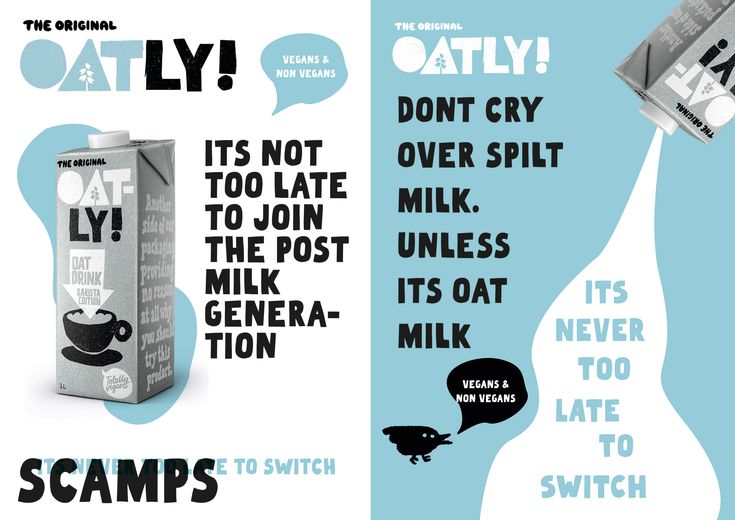Writing for Branding
Combining Business Names With Taglines
The most obvious identity of an organization is established by its name. In addition, a strong name makes a great starting point for a powerful graphic identity.

Working with a wonderful name can solve half the problem, but an average name won’t totally limit the possibilities for an organization’s graphic identity. Some of the most vivid identities are produced when names that imply something beyond their literal meanings are combined with a distinct graphic device. A company with a catchy name is a clear choice for a word mark. Instead of adding more graphic elements to provide meaning, it could make more sense to only display the name and limit any embellishments to a minimum. Simple typeface treatment and a bold, unambiguous name have surprisingly powerful effects.
Organizations are increasingly opting to highlight distinct taglines in order to strengthen their positioning and assist define their identity. Effective taglines frequently enhance the meaning of the name by playing off of it. When redefining an organization’s identity is the aim but name change is not an option, rebranding projects frequently use a new tagline.
Writing in the Editorial Style
What are the commonalities among product and service names, taglines, headlines, body copy, captions, and sidebars? If you want to create a good identity program, hopefully you selected “editorial style.” Consistent editorial approaches that speak to their target audience while staying aware of their brand positioning are used by successful identity projects.

Names and taglines establish the tone for the editorial style of the program, just like a graphic identity does for identity programs. An editorial style that mirrors ideas of tradition, stability, and trust may flow more readily from a name that emphasizes an organization’s strong foundation of reliability. Conversely, an irreverent name or tagline creates in readers an expectation of humor and pleasure, which should be reflected in the editorial approach.

Although identity plans are strengthened by details, they all too frequently fall short in defining and pursuing a suitable editorial style for all program literature. A business has lost a chance to set itself apart if it can replace the copy on its competitors’ websites with its own without the audience noticing.
The Overall “Voice”
Together, an organization’s name, slogan, and journalistic style serve as a significant representation of its voice and brand identity. When creating these components, think about how a brand spokesperson might pronounce the terms.
It’s a simple method of personalizing the brand voice, and successful brands are acutely aware of their voice whether or not they employ a spokesperson.
When creating a brand voice, along with all other facets of brand positioning, try to steer clear of the competition’s route. A business may choose to think about using a warmer, more approachable voice if the voice of its main rival seems polished and tech-savvy.
